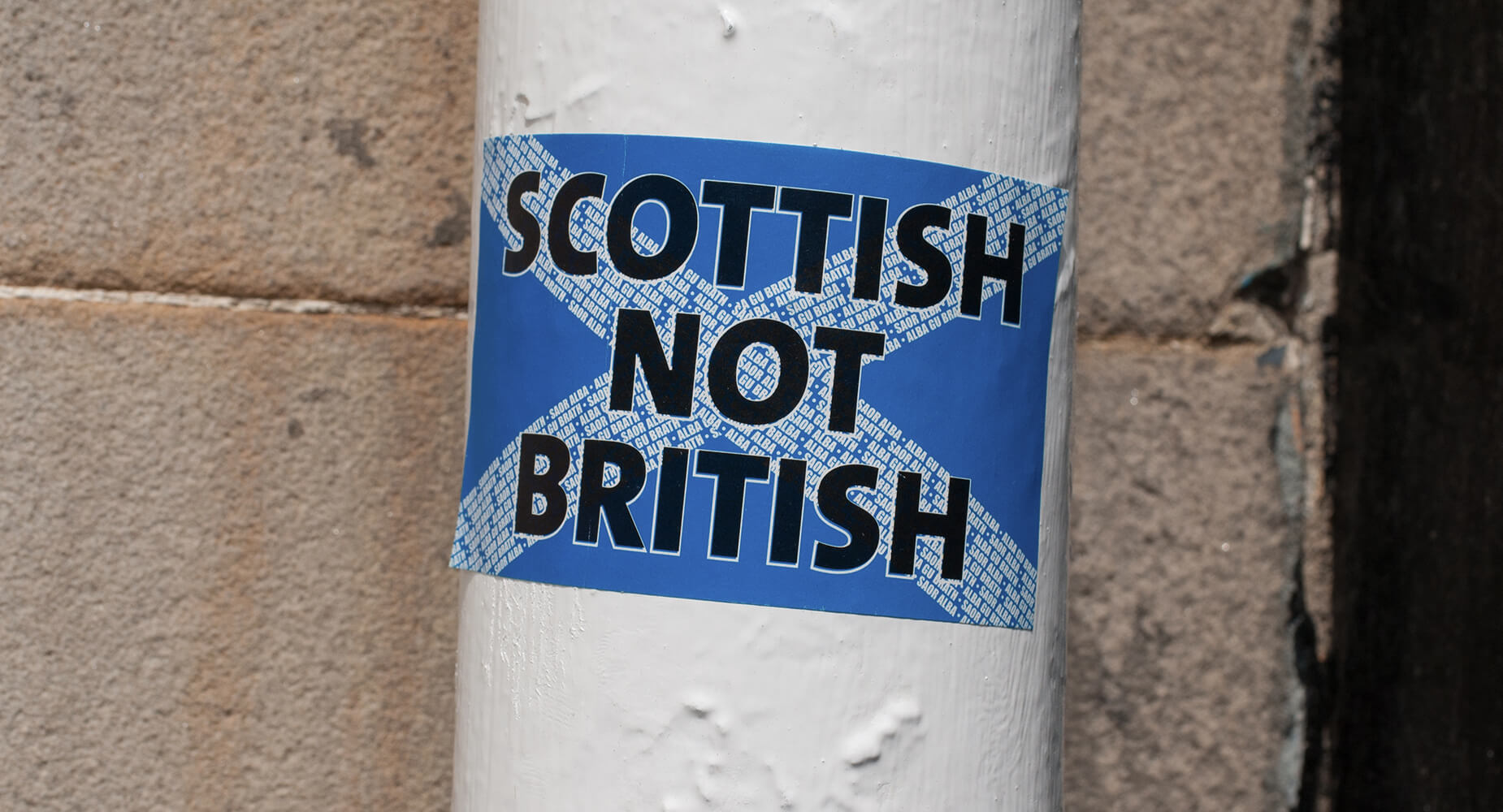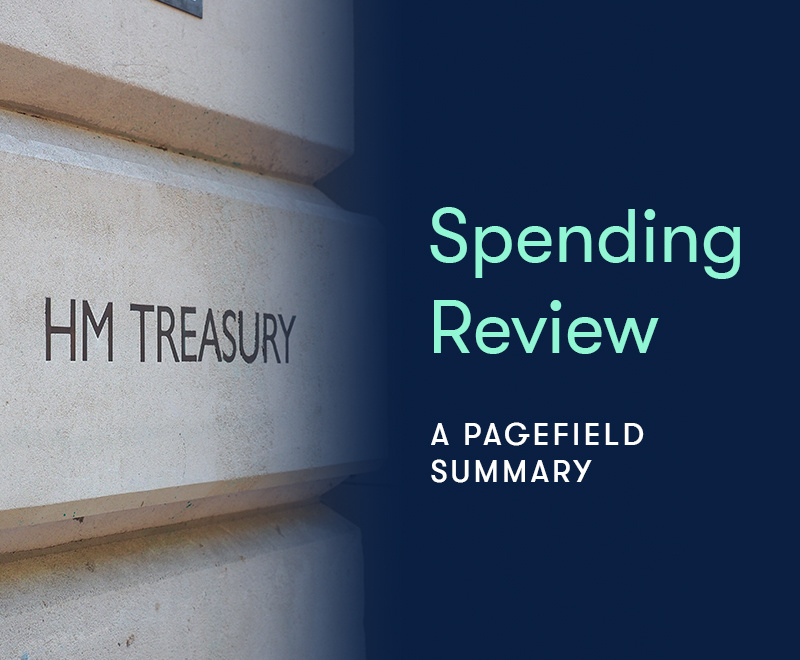Following publication of inquiries by a Holyrood Committee and a QC into the Scottish Government’s handling of complaints against former First Minister Alex Salmond and whether his successor, Nicola Sturgeon, breached the ministerial code, attention north of the border is turning towards the crucial Scottish Parliamentary elections on Thursday 6 May.
Public affairs expert Andrew McQuillan considers the big questions that will frame the campaign and how the SNP fares at the polls.
1. This dispute isn’t over
After the Irish lawyer James Hamilton concluded that Sturgeon had not broken the ministerial code in her response to the Salmond allegations, the incumbent First Minister and her acolytes quickly proclaimed the matter closed and set their sights on the election. However, the score draw outcome – with the Holyrood Committee concluding that Sturgeon misled Parliament – means this running sore in Scottish politics is unlikely to heal anytime soon.
2. What do Sturgeon’s opponents do next?
The Scottish Conservatives, who pressed ahead with a failed vote of no confidence in the First Minister, look set to pursue a highly personal ‘anti-sleaze’ campaign in the weeks ahead. Now that Sturgeon has nominally been cleared, how smart this will be remains to be seen. Scottish Labour, under new management (Glaswegian MSP Anas Sarwar took charge in February), are set to run on a post-COVID, ‘build back better’ campaign. Given disquiet about the nationalists’ record of delivery over the past five years, this could prove more popular with voters.
3. How does Sturgeon get a majority?
Polling over the recent fraught weeks has suggested that SNP support, soaring to highs of 57% at the start of the year, has taken a bit of a dent (dipping to a low of 46% or 22 point lead in the most recent Opinium poll). This may reset now that the clouds of the Salmond affair begin to clear, but the margin for error is very narrow.
Should the SNP fail to get a majority outright, it is likely they may partner with the Scottish Greens. Seemingly the only green party in Europe more interested in constitutional mechanics than the environment, the Greens are derided by critics as ‘the gardening wing of the SNP’ but could be kingmakers come May.
4. What does it mean for independence?
An SNP majority, or a ‘pro-independence’ majority involving the Scottish Greens, would push independence back to the top of the agenda. The Scottish Government this week published a draft referendum Bill, claiming a vote could be held in the first half of the new Scottish parliamentary term. However, with polling showing reticence among the Scottish public about holding a referendum imminently, a gung-ho independence push could put off undecided voters.
5. A referendum anytime soon?
‘Now is not the time’ has been the reflex response from Downing Street to any suggestion of a referendum. If a nationalist majority is delivered, however, the long-term durability of such a position is up for debate. While a referendum is unlikely in the short-term, and Boris Johnson will be hoping Scottish Tory Leader Douglas Ross heads the nationalist threat off at the pass, No.10 will need to come up with a more long-term plan than just saying no.



